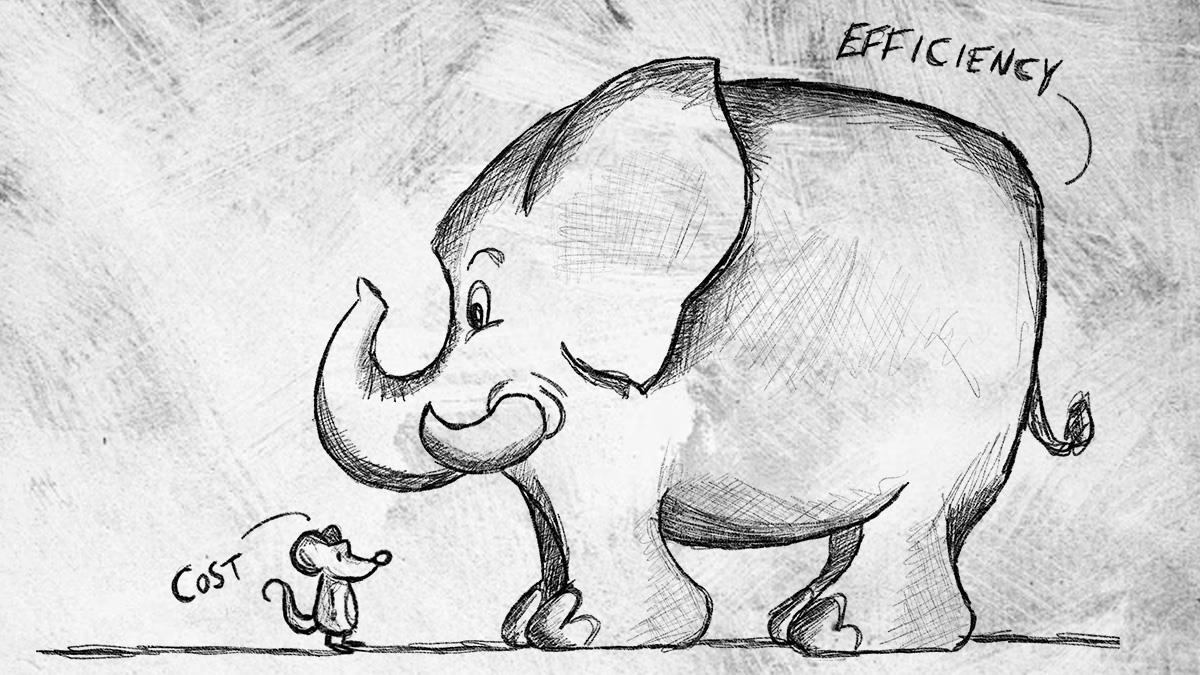
In today's competitive industrial landscape, equipment efficiency and reliability play a crucial role in a business's overall productivity and profitability. Maintenance optimization has emerged as a critical strategy to ensure that machinery and systems operate at peak performance, reducing downtime and extending their lifespan. This article delves into the importance of maintenance optimization, the strategies involved, and its benefits to various industries.
Understanding Maintenance Optimization
Proactive maintenance is a strategic approach that aims to eliminate the root causes of equipment failure before they manifest into significant issues. Unlike reactive maintenance, which deals with problems after they occur, proactive maintenance emphasizes the identification and mitigation of potential problems early in their lifecycle.
Predictive maintenance is a forward-thinking approach that focuses on detecting symptoms of potential equipment failures through continuous monitoring and advanced data analysis. By leveraging technologies such as sensors, IoT devices, and machine learning algorithms, predictive maintenance systems can identify patterns and anomalies that indicate an impending failure. This allows maintenance teams to address issues before they lead to significant breakdowns, thereby reducing the impact of failures on operations.
On the other hand, preventive maintenance involves regularly scheduled inspections and servicing of equipment to prevent failures. While this method can be more costly and time-consuming than predictive maintenance, it ensures that machinery is consistently kept in good working condition.
Reactive or run-to-failure maintenance involves repairing or replacing equipment only after failure. While this approach can lead to more extended downtimes and higher repair costs, it can be beneficial for non-critical equipment where preventive or predictive maintenance costs may not be justified.
Strategies for Effective Maintenance Optimization
-
Data-Driven Decision Making: Leveraging data analytics is crucial for effective maintenance optimization. Organizations can gain valuable insights into equipment performance and failure patterns by collecting and analyzing data from various sources, such as sensors, historical maintenance records, and operational logs. This information lets maintenance teams decide when and how to perform maintenance tasks.
-
Condition Monitoring: Implementing condition monitoring systems, such as vibration analysis, thermography, and oil analysis, allows organizations to assess the health of their equipment continuously. These technologies can detect early signs of wear and tear, enabling timely interventions before minor issues escalate into major problems.
-
Risk-Based Maintenance: Another effective strategy is to prioritize maintenance activities based on equipment criticality and the potential impact of failure on operations. Organizations can minimize the risk of costly downtimes and disruptions by focusing resources on the most critical assets.
-
Workforce Training and Development: Ensuring maintenance personnel are well-trained and equipped with the latest tools and technologies is essential for successful maintenance optimization. Regular training programs and workshops can help maintenance teams stay updated on best practices and emerging trends in the industry.
-
Continuous Improvement: Maintenance optimization is not a one-time effort but an ongoing process. Organizations should regularly review and refine their maintenance strategies based on feedback, performance data, and technological advancements. Adopting a culture of continuous improvement can lead to sustained efficiency gains and cost savings over time.
Benefits of Maintenance Optimization
-
Reduced Downtime: Organizations can significantly reduce unplanned downtimes by proactively addressing potential issues and maintaining equipment in optimal condition. This leads to improved productivity and operational efficiency.
-
Cost Savings: Effective maintenance optimization can lead to substantial cost savings by minimizing the frequency and severity of equipment failures. Predictive and preventive maintenance approaches often lower repair costs than reactive maintenance.
-
Extended Equipment Lifespan: Regular maintenance and timely interventions can extend the lifespan of machinery and equipment, delaying the need for costly replacements and capital expenditures.
-
Improved Safety: Properly maintained equipment is less likely to malfunction, reducing the risk of accidents and ensuring a safer working environment for employees.
-
Enhanced Reliability: Optimized maintenance practices improve equipment reliability and performance, leading to more consistent and predictable operations. This reliability is especially critical in industries where downtime can have severe financial and operational consequences.
Conclusion
Maintenance optimization is a vital strategy for organizations seeking to maximize efficiency, minimize costs, and enhance the reliability of their equipment. Businesses can improve maintenance practices by adopting data-driven decision-making, implementing condition-monitoring technologies, and prioritizing risk-based maintenance. The benefits of reduced downtime, cost savings, extended equipment lifespan, improved safety, and enhanced reliability make maintenance optimization essential to modern industrial operations.
Supplier Spotlight
Bel-Ray 2780 Waterfront Pkwy. E. Dr., Indianapolis, IN 46214 317-328-5660 | BelRay.com/industry/industrial/
Bel-Ray® Total Performance Lubricants take care of your production line as well as your bottom line. Trusted for over 75 years across a wide range of industries, our high-performance industrial lubricants are formulated to reduce energy consumption, reduce wear and tear, so you cut down on maintenance and downtime, while extending the life of your equipment to help lower your Total Cost of Ownership.
LubePM 1328 E. 43rd Court, Tulsa, OK 74105 800-597-5460 | LubePM.com
As a Lubrication Management System (LMS) engineered by lubrication professionals, LubePM helps an organization create accountability to ensure that every lubrication point is carefully maintained, inspected and measured. Ready to take your facility’s Lubrication Management System to the next level with LubePM? We’re ready to help. Simply request more information or schedule a demo.






